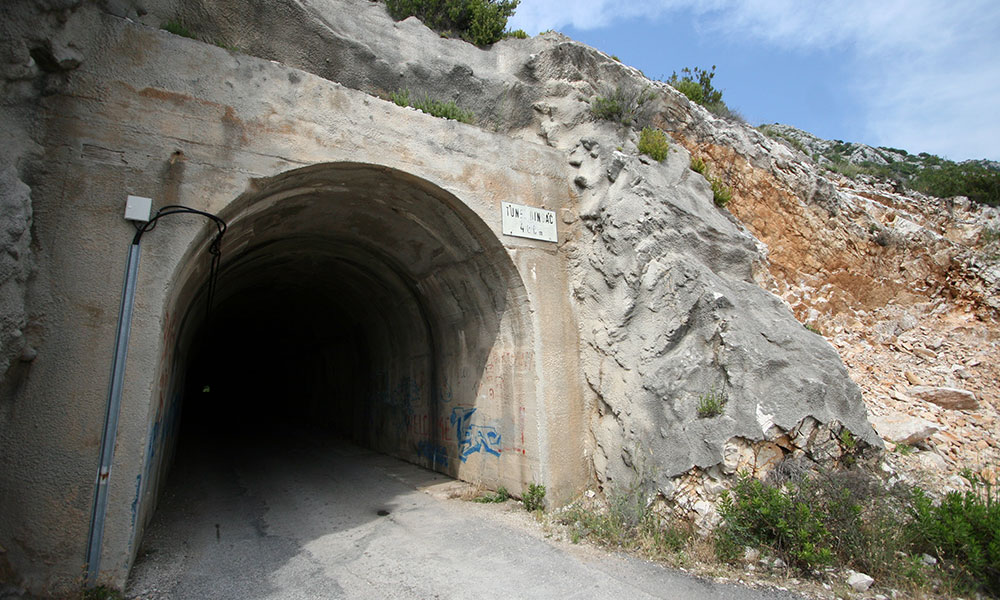For those that know Zinfandel, they know that it’s a tasty wine.
It can be fruity, complex, deep, succulent, and as was the general perception until recently, oh-so Californian. Naturally, there are no native vitis vinifera grapes to California from which one can make the wine we know and love. Everything there is, is Old World and it’s generally known where in the Old World these grapes came from.
Zinfandel was something of a mystery though. For the longest time, it was thought to have originated from Italy. This was wrong, but not completely wrong, for there is Primitivo in Italy, which is what the Italians call the Zinfandel grape. But their grape is not originally from there either. Both Zinfandel and Primitivo are from Dalmatia.
In Dalmatia, the grape is called ‘Crljenak Kaštelanski’ or just Crljenak for short or in more modern and easier-to-say terms, Tribidrag. The initial name means something along the lines of ‘Castle Black’. It is thus named because the town where the initial vines were found is called Kaštel Novi which is in the central area of Dalmatia, near Trogir. It was a variety that was all but dead, being found in just a few vines in a larger vineyard. Of course, once the word got out, it was found that Crljenak was in many vineyards, in small amounts stretching all the way down to Southern Dalmatia and even Montenegro where it’s called, Kratošija.
It was the work of UC Davis researchers that eventually found the link in the end, although Mike Grgich likes to insert himself into this narrative in a very debatable manner. But because of this connection, several winemakers have planted new vines of Crljenak Kaštelanski that are now being bottled. The more poignant part of this grape history exists in what is a child of Zinfandel: Plavac Mali.
By far and away, this is the most popular red wine of the Dalmatian region. It was originally thought to be Zinfandel, but it turns out that it only shares some genes and taste qualities in the end. Plavac Mali is the child of Crljenak Kaštelanski, being the result of a crossbreed between it and Dobričić, which is a variety that is never found bottled on its own.
For Americans, discovering that a native grape in the US was growing, thriving, and loved in another country would have been very exciting news. For the Croats though, it was just news. People found it interesting that the link existed and as Jasenka Piljac (who was part of the UC Davis team) said, “There was a little bit of excitement in the media when the news first hit in 2002. But overall, it was still just wine.” Life went on and people continued to drink their Plavac Mali.
Zlatan Plenković, on the island of Hvar started growing some Crljenak Kaštelanski side by side with US Zinfandel and Plavac Mali. Marija Mrgudić is growing the grapes down on Pelješac Peninsula in Southern Dalamatia. Also, Vuina near Split.
But, despite these small events, it was true that the news was largely not that mind blowing and a number of winemakers seemed as if they thought the link to be no surprise. It is interesting to note that even though this connection is largely disowned by popular culture at large, every single winemaker in Croatia knows two things about California. One is Grgich and the other is the Zinfandel story.
What will be the future for these Croatian Zinfandels? The only thing for sure with Croatian Zin sold in the US, is it will not and cannot be labeled as Zinfandel. The Italians already tried that, only to be forced to sell their Primitivo under its Italian name

